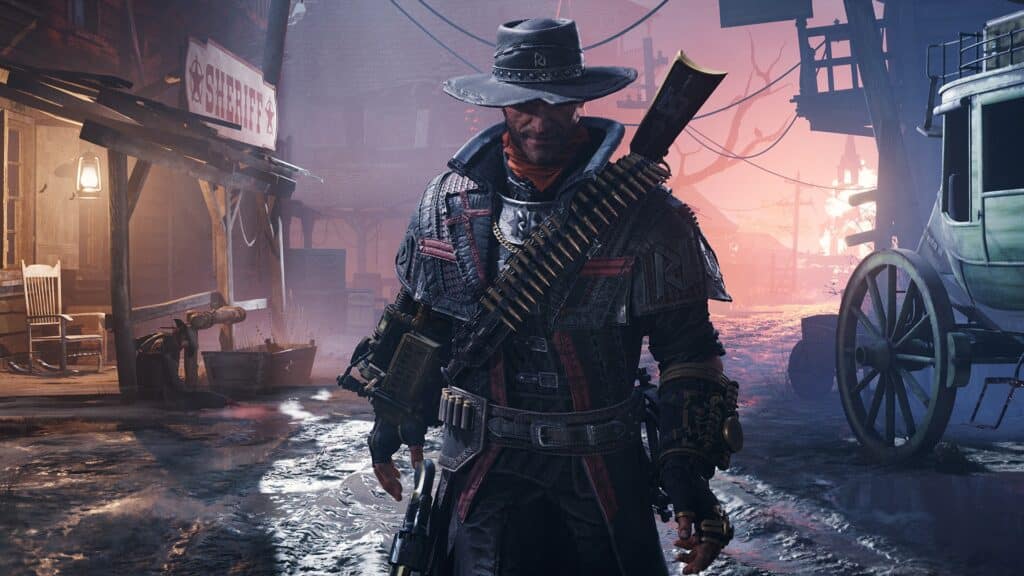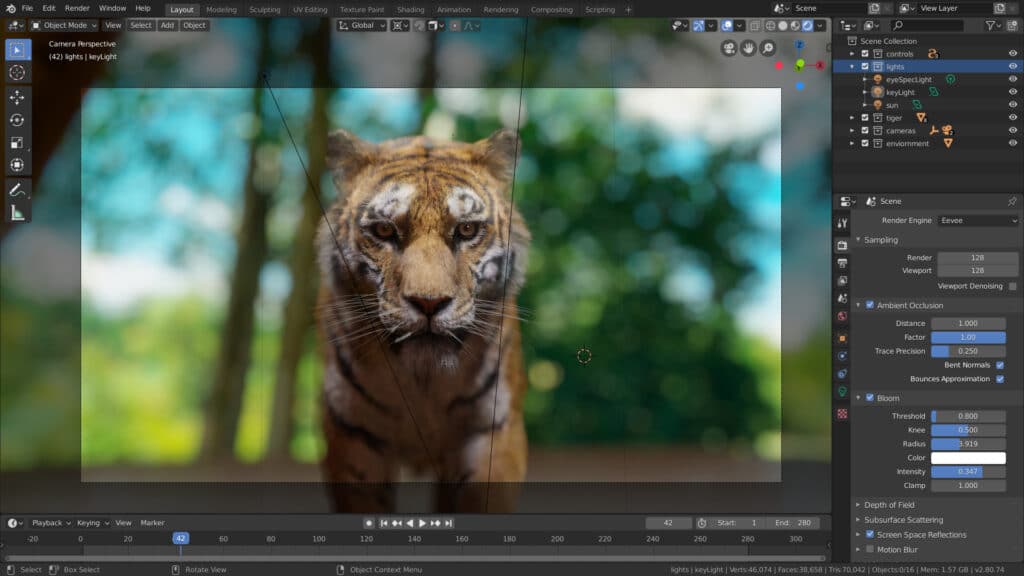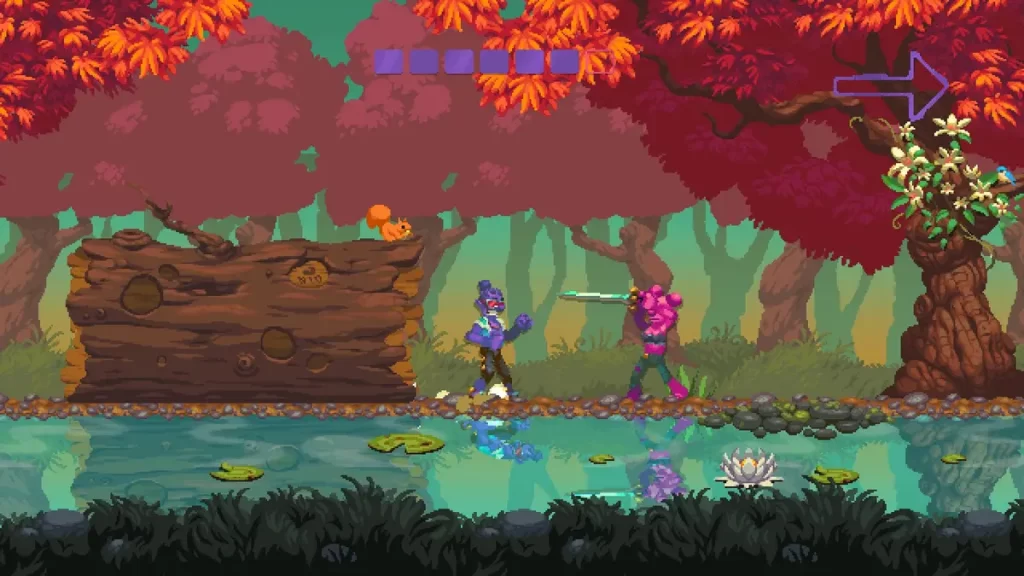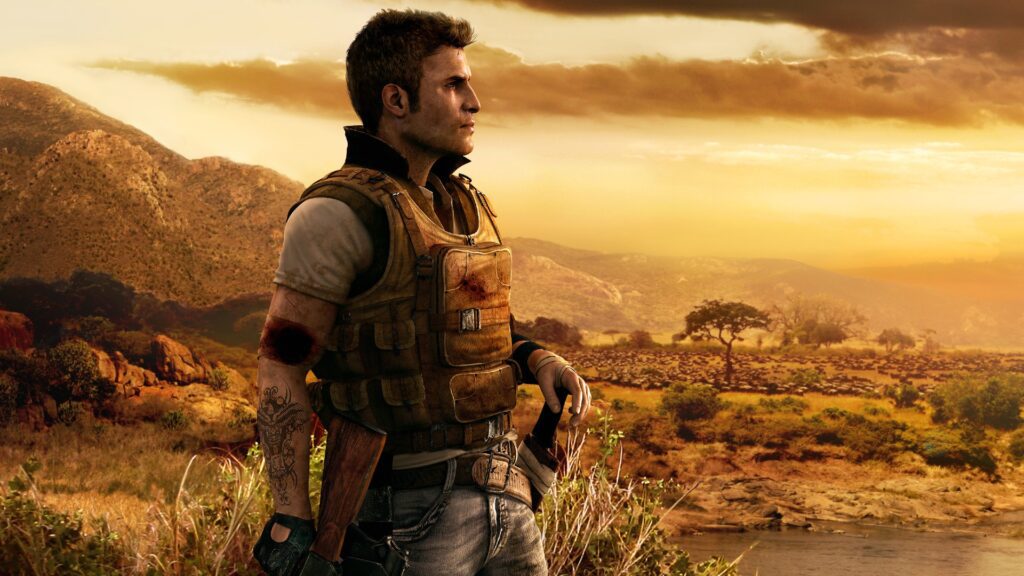Do you know how to increase polygon count in Blender? The video game industry is the stage where technological advancements continually push the boundaries of what’s possible – and one such critical aspect is the visual quality of video games.
Gamers today demand immersive and realistic experiences, and achieving this requires meticulous attention to detail. One crucial element in enhancing visual fidelity is the polygon count.
In the world of video game development, the term “polygon count” refers to the number of polygons or vertices that make up 3D models in a game. A higher polygon count can significantly impact a game’s visual appeal.
In this article, we’ll delve into the importance of increasing the polygon count in Blender, a popular 3D modeling software, and its relevance in the video game industry.
We’ll explore the methods, benefits, and challenges of upping your polygon count, ultimately helping you create visually stunning and more immersive gaming experiences.

How to increase polygon count in Blender
Blender, as a versatile 3D modeling software, is instrumental in managing polygon counts. It provides a wide range of tools and features for creating, modifying, and optimizing 3D assets. Game developers, whether they are indie or professional, turn to Blender to sculpt and craft their virtual worlds.
Polygon count in Blender refers to the number of polygons or faces that make up a 3D model. In the context of the video game industry, understanding polygon count is crucial, as it directly impacts the visual quality and performance of a game.
Polygon count plays a fundamental role in defining the level of detail and realism a 3D model can achieve. Each polygon represents a flat, two-dimensional shape that contributes to the overall structure of the 3D object.
The more polygons a model has, the more intricate and lifelike its appearance can be. This is why character models, environmental assets, and objects in modern games often have high polygon counts to deliver stunning visuals.
However, there is a trade-off to consider. While higher polygon counts lead to better visual quality, they also require more processing power. Games need to run smoothly on various hardware configurations, so striking a balance between visual fidelity and performance is crucial. Game developers and artists in Blender often engage in a process called “optimization” to manage polygon counts effectively. This involves reducing the number of polygons in non-essential areas of a model to ensure that the game can run smoothly without sacrificing too much visual quality.
In summary, polygon count in Blender is the number of polygons that compose a 3D model, and it has a significant impact on the visual quality and performance of video games. Balancing polygon count is essential to ensure that games look good while running smoothly, and Blender provides the necessary tools for artists and developers to achieve this balance.
Methods to increase polygon count in Blender
Elevating the polygon count within Blender is an intricate process that requires a nuanced understanding of several pivotal techniques. Among these, manual subdivision stands out as a fundamental method.

Through manual subdivision, one meticulously dissects existing polygons into smaller constituents, thereby affording a meticulous level of control over where additional polygons are introduced. This meticulous approach ensures that the newfound intricacies are judiciously placed in areas demanding heightened detail, ultimately contributing to the overall realism and refinement of the 3D model.
In addition to manual subdivision, advanced techniques such as sculpting and retopology come into play – allowing artists and modelers to infuse an even greater degree of detail and precision into their creations.
These methods, when applied with skill and artistry, enable the creation of stunningly intricate 3D models that transcend the limitations of lower polygon counts, resulting in a visual masterpiece that captivates and immerses its audience.
Can I increase polygon count in Blender on a 2D game?
The burgeoning indie market and the popularity of 2D games are undeniable trends in the gaming industry right now. With the ongoing discussions about enhancing the realism of games and increasing polygon counts in Blender, a pertinent question arises: Does this technique even make sense in the realm of 2D games?
Well, we do admit that in the world of indie 2D games, increasing polygon count in Blender might seem counterintuitive at first glance, as 2D games primarily rely on flat, two-dimensional artwork and don’t directly involve 3D models. However, there are several reasons why polygon count can still be a relevant consideration even in the context of 2D indie game development.
First of all, some indie games combine 2D elements with 3D environments or characters. In such cases, the polygon count of 3D assets created in Blender does matter. These assets can be used for backgrounds, props, or characters in 2D games, adding depth and dimension to the visual experience.
Even in 2D games, dynamic lighting and shadow effects can enhance the visual quality. Using 3D objects with higher polygon counts in Blender allows for more detailed and realistic shadows and lighting effects, which can significantly improve the overall aesthetic of the game.
Some indie developers want to push the boundaries of visual art in their 2D games. High-polygon 3D models in Blender can be used as a reference or as the basis for creating 2D sprites. This allows for intricate, hand-drawn 2D assets that capture the details and nuances of the 3D original.

So it only makes sense that increasing polygon count in Blender is something that still makes sense even when we are talking about the 2D kind of games or even the indie side of this growing industry.
How to increase polygon count in Blender: benefits and challenges
One of the primary benefits of increasing the polygon count is the ability to create character models with a level of detail that can captivate players and draw them deeper into the gaming experience. Fine nuances, such as facial expressions, muscle definition, and intricate textures, become more pronounced, resulting in characters that not only look better but also convey emotions and stories more convincingly.
Moreover, higher polygon counts allow for more realistic and intricate environmental designs, from lush forests to urban cityscapes, all of which contribute to a more immersive gaming experience.
However, this pursuit of visual excellence is not without its challenges. As the polygon count escalates, so do the demands on hardware and system requirements. This means that gamers need more powerful computers or consoles to run these resource-intensive games smoothly.
Game developers also face the daunting challenge of optimizing their creations for a wide range of hardware configurations, striking a balance between visual extravagance and performance efficiency. A fine-tuned equilibrium is vital to ensure that a game’s breathtaking visuals do not come at the cost of accessibility, alienating potential players with less potent hardware.

Elevating gaming realism through polygon enhancement
In the dynamic world of video game development, visual quality is paramount. Gamers expect increasingly lifelike experiences, and one way to meet this demand is by increasing the polygon count in Blender. This process, while challenging, offers substantial benefits. By understanding the importance of polygon count and employing various methods to enhance it in Blender, game developers can take their creations to the next level.
The video game industry thrives on innovation, and the pursuit of realism is a driving force behind its evolution. As technology continues to advance, developers are presented with more opportunities to create breathtaking, immersive gaming experiences. Balancing performance and realism through polygon enhancement in Blender is a fundamental aspect of this ongoing journey.
So, whether you’re an indie developer chasing your creative dreams or part of a renowned game studio striving for excellence, remember that the pursuit of elevating polygon counts is a journey that’s not just about pixels; it’s about pushing the boundaries of artistry and immersing players in increasingly realistic virtual realms.
If you’re on the lookout for top-notch game development services, your search ends with Main Leaf! We’re not your typical indie game studio; we’ve been crafting exceptional, tailor-made solutions for diverse clients since the start!
Ready to embark on this creative journey with Main Leaf? Let’s take the first step together. Simply reach out to us and rest assured, we’ll be back in touch within 24 hours or less. Your next gaming masterpiece awaits!

